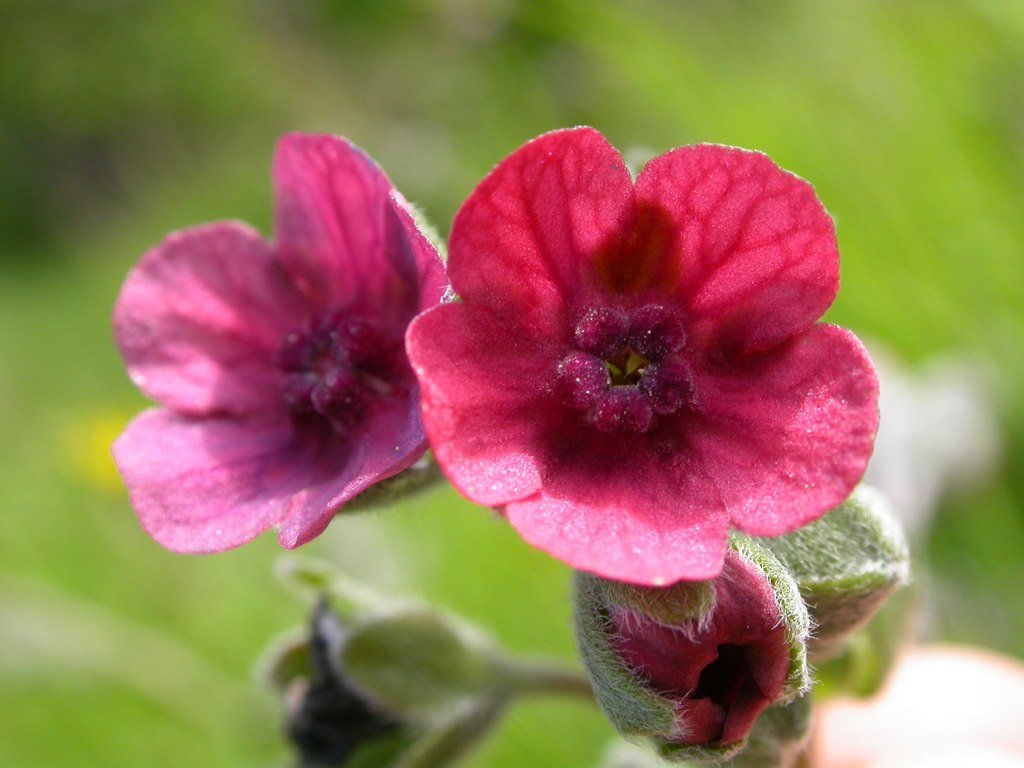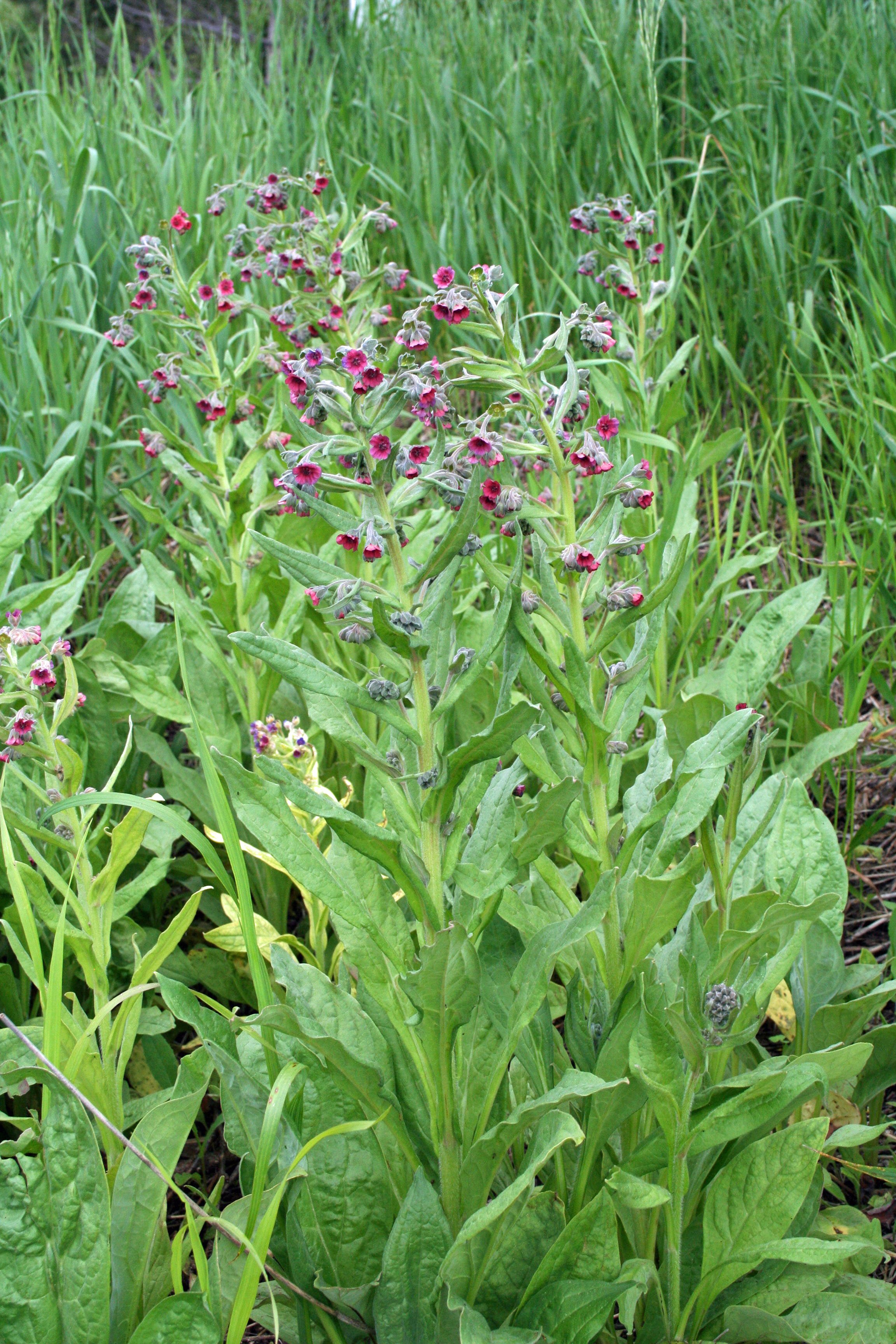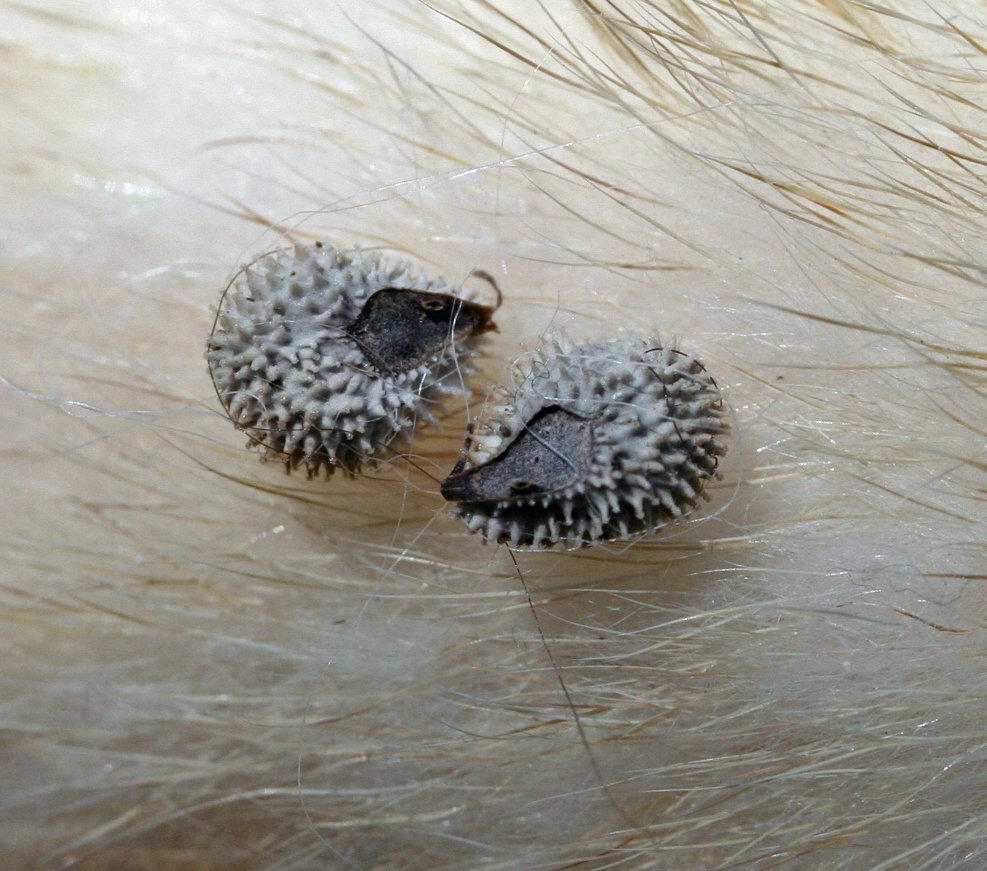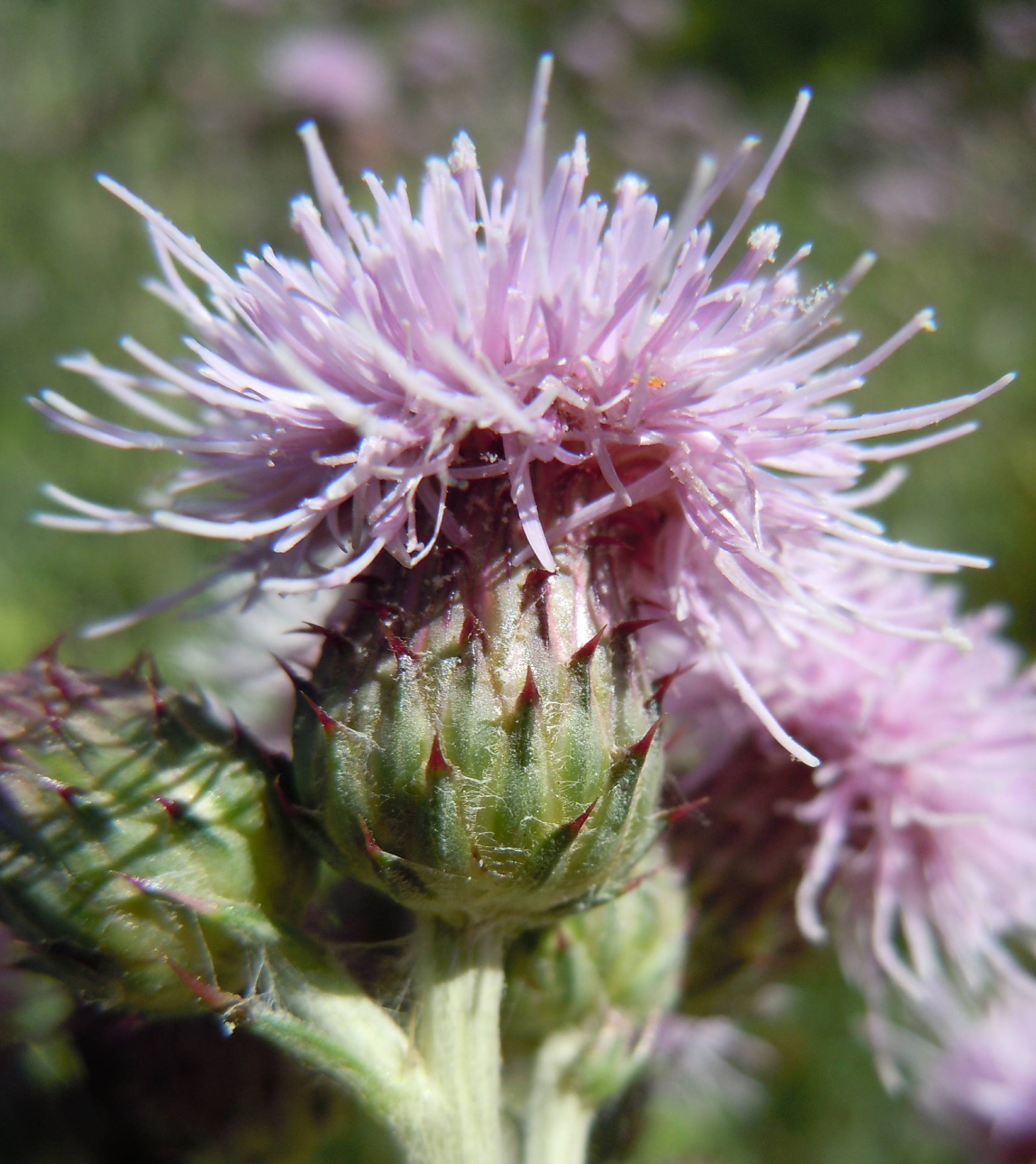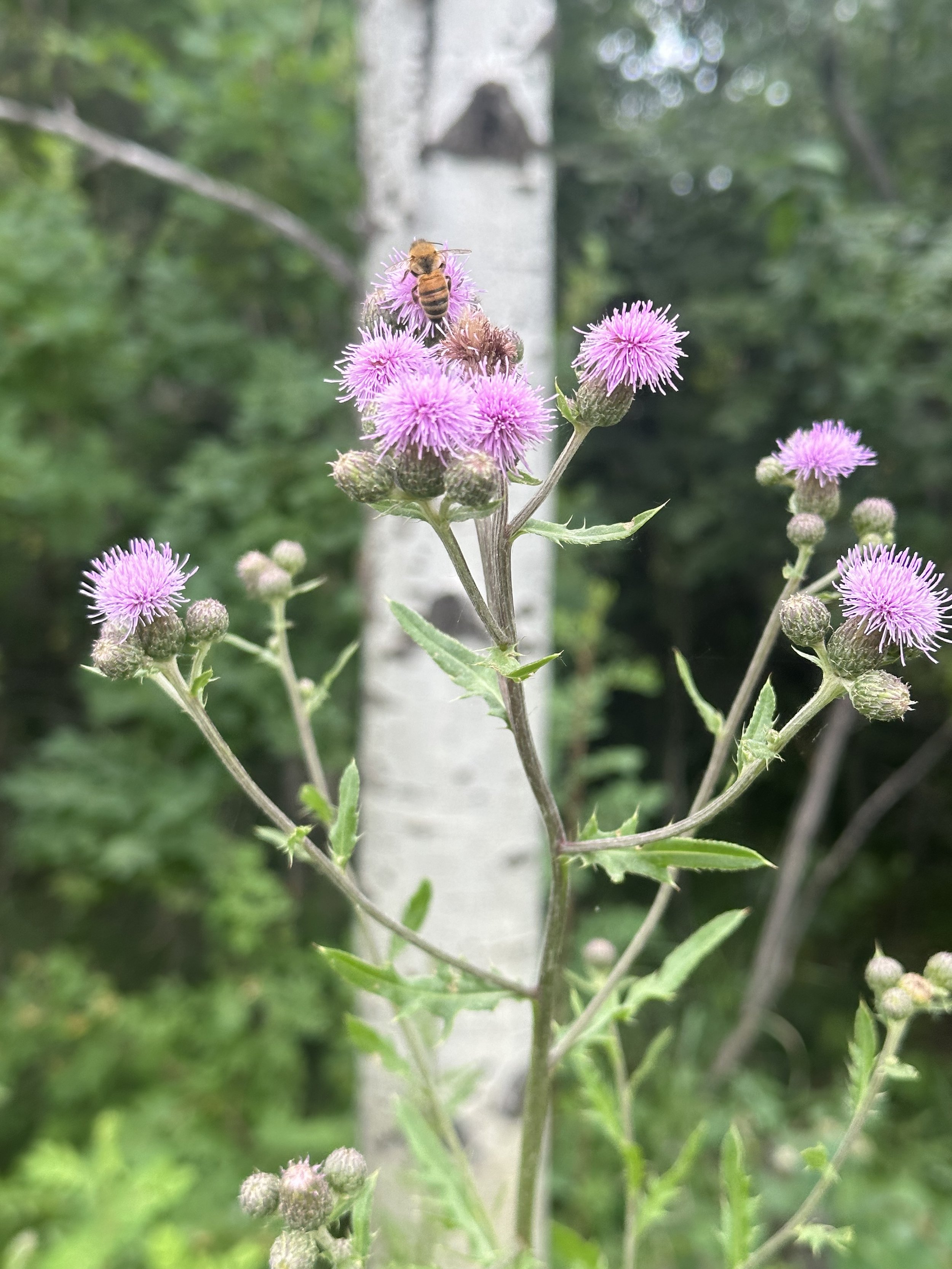When is a Weed a Pest?
/Houndstongue (Cynoglossum officinale)
When It’s Invasive
A species -- plant, fish, insect, mammal, bird, or disease -- is invasive when it is both nonnative to the ecosystem in which it is found and capable of causing environmental, economic, or human harm. Invasive species often compete so successfully in new ecosystems that they displace native species and disrupt important ecosystem processes. Considered by scientists as one of the single largest threats to our nation's natural resources, invasive species:
Decrease biodiversity
Further imperil endangered and threatened species. Invasive species are considered the second leading cause (after habitat loss) of animal population decline and extinction worldwide.
Displace native plants that wildlife and fish depend on for food.
Increase soil erosion and can cause major damage to streams and other wetland areas that provide habitat for native fish, plants, and animals.
Intensify the frequency and risk of wildfires.
Reduce agricultural production and property values.
Canada Thistle (Cirsium arvense)
When It’s Misbehaving
A weed is a plant out of place. It is a plant growing where it is not wanted by humans. Ralph Waldo Emerson considered a weed “a plant whose virtues have yet to be discovered,” i.e., a plant in need of a publicist.
For land managers, a weed is a plant that interferes with the management objectives of a given area at a given point in time. In Montana, a weed is elevated from this overly broad category to “noxious” when they are plants of foreign origin that can directly or indirectly injure agriculture, navigation, fish or wildlife, or public health. Currently there are 30+ plant species on the statewide noxious weed list in Montana that collectively infest some 7.6 million acres. In addition, counties can add additional species of concern.
The concern about “foreign origin” is not a form of floral xenophobia, but rather recognition of a pattern that alien species, inadvertently or otherwise imported into North America, are generally regulated only by abiotic factors (climate, fire, flooding, etc.) which are insufficient to keep their populations in balance. Biotic factors, such as insect predators and plant pathogens, that evolved with the species in their native lands are typically not present, and therefore not a control. Spotted knapweed, yellow starthistle, purple loosestrife and leafy spurge are four examples of plant species that are both exotic and invasive.
The impacts caused by noxious weeds, like that of invasive species in general, are economic and ecological:
Potential to dominate plant communities, form monocultures, displace native and desired forage species.
Alter water cycles and cause erosion: for example, areas infested with spotted knapweed incurred 56% higher runoff and 192% higher sediment yield compared to those dominated by native bunchgrass in western Montana.
Cause economic loss: for example, cost of leafy spurge to grazing lands and wildlands in the upper Great Plains including the states of Montana, North and South Dakota, and Wyoming is estimated at $129.5 million annually. Closer to home, consider the extra time and effort for wranglers to remove houndstongue and burdock from horses.
The rate of introduction and spread of noxious weeds has increased dramatically over the past 150 years with increases in human activities, trade, and commerce. For example, spotted knapweed was first recorded in the state in the early 1920’s. Since that time, it has spread to infest more than 4 million acres in the state, and continues to spread.
So What to Do?
Know your weeds. Most weeds are spread as a result of ignorance or non-action. For example, resist the temptation to "pluck and chuck" the velcro-like seeds of houndstongue as that helps spread them.
Prevent infestations of new noxious species. It is relatively easy to control and even eradicate small populations of noxious weeds. Best yet to prevent the introduction of new species and populations.
Control spread of existing noxious weeds. Clothing, horses, and off-road vehicles are three effective vectors for transport of noxious weed seeds from an existing population to a new one.
Keep an eye on the rest. Guilty of being non-native immigrants (like many residents of Montana), the vast majority of weeds are part of the landscape and their behaviors don’t rise to the level of harm -- which raises the last point.
Know what’s noxious, and what is not. Increasingly there is ample evidence that herbicide applications in the name of weed control can cause more harm than good when the spray wand is in the hands of applicators who don’t recognize that every broad-leaved plant is not a weed. Fields that once abounded with prairie smoke, anemones, and other wildflowers, have been reduced to stands of non-native pasture grasses. In the name of controlling noxious weeds, we are attacking our native plant life.
Whitney Tilt- June 2019


